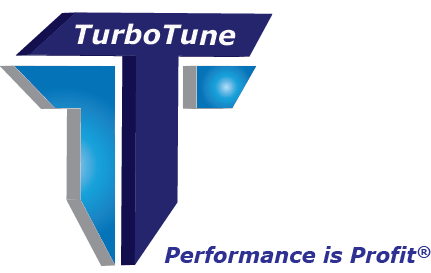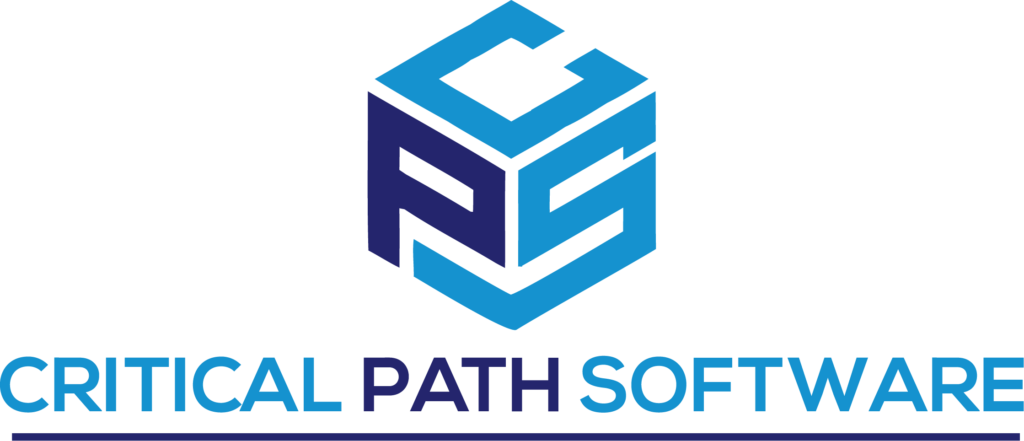TurboTune FAQ
Below are some of our most asked questions concerning the TurboTune mainframe optimization process and capabilities .

Frequently Asked Questions about TurboTune Mainframe Optimization
Does TurboTune have Cooties?
-
-
This is our most commonly asked question, and the answer is a resounding no. Critical Path Software (CPS) exclusively utilizes IBM recommended improvements sourced directly from IBM Redbooks. Our recommendations are deeply rooted in merit and extensive background research.
-
-
Is the TurboTune mainframe optimization process safe?
-
Absolutely! CPS has never caused contention issues in any environment. Our recommendations undergo rigorous testing in development environments, tailored to each client’s comfort level and established procedures. If a recommendation doesn’t work for you, you simply don’t implement it.
-
-
What is TurboTune?
-
TurboTune is a proprietary process that leverages our database of best practices developed over nearly four decades in the mainframe space. Our goal is to optimize mainframe performance and minimize resource consumption, resulting in lower operational costs. Our motto, “Performance is Profit,” encapsulates our commitment to maximizing efficiency.
-
-
How current is TurboTune?
-
We continuously update TurboTune to align with evolving operating system specifications and technological advancements. For instance, TurboTune adapts to changes in parameters and settings brought about by updates like Z/OS 1.3. We stay ahead of the curve to ensure our clients benefit from the latest optimizations.
-
-
What problems does TurboTune address?
-
TurboTune targets excessive costs and poor application performance in the mainframe environment, offering solutions that reduce resource consumption and enhance application efficiency.
-
-
When should LISTCAT be collected?
-
LISTCAT should ideally be collected off prime shift and after CICS is taken down to ensure accurate data gathering.
-
-
What tuning recommendations do you provide?
-
TurboTune offers various recommendations, including optimal FREE SPACE settings, space allocation optimization, buffer and CI size adjustments, removal of obsolete parameters, catalog error identification, reorg recommendations, and more.
-
-
Can TurboTune estimate potential improvements in response time or cycle time?
-
Yes, TurboTune can estimate the percent reduction in batch wall clock time and online response time.
-
-
Can TurboTune determine if free space is being used effectively?
-
TurboTune evaluates free space usage requirements and determines if the current setting is optimal based on file activity and split ratios.
-
-
Can TurboTune identify the benefit of data striping?
-
TurboTune examines data readtoindex read ratios to identify suitable candidates for data striping and evaluates current stripe counts for optimization.
-
-
How does TurboTune address compression?
-
TurboTune identifies files suitable for compression and rectifies compatibility errors that may lead to excessive CPU costs.
-
-
Can TurboTune recommend how often a VSAM dataset needs to be reorged?
-
TurboTune identifies files requiring more frequent reorganization and implements measures to reduce splitting, minimizing the need for reorgs.
-
-
Can TurboTune effectively optimize our NSR/LSR buffers? (CICS & BATCH)
-
TurboTune analyzes NSR/LSR buffer pools and provides recommendations to enhance efficiency, including isolating files in private NSR buffering.
-

